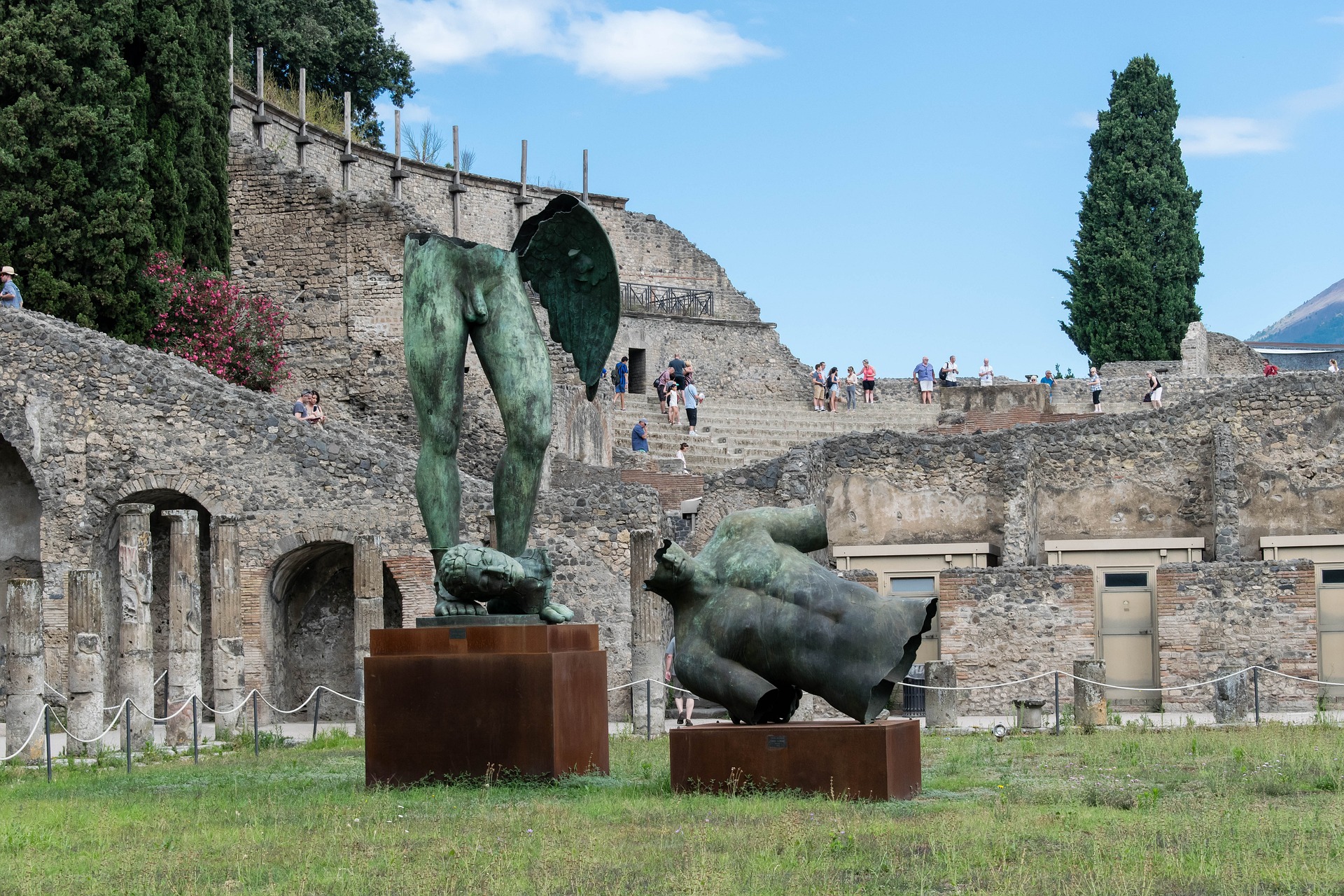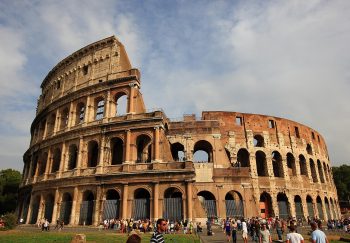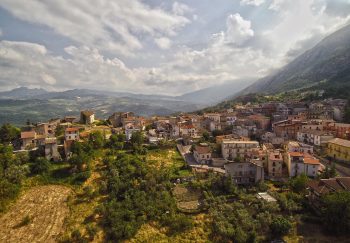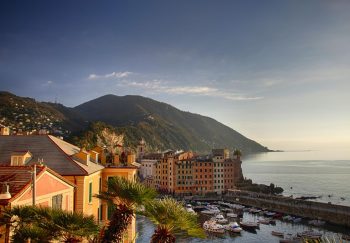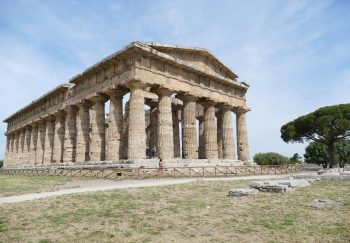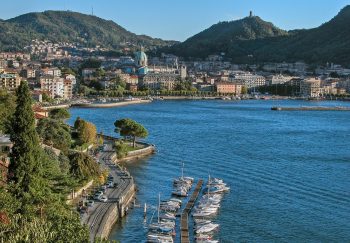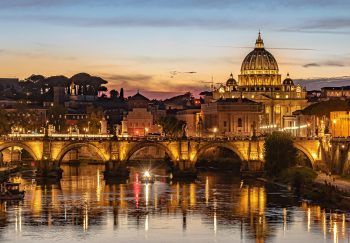Millions of tourists visit the Bay of Naples every year to enjoy the Amalfi Coast, and to stroll the streets of Pompeii. They may not realize that they are walking under the shadow of Europe’s last active Volcano. What a volcano! Mount Vesuvius is most famous for its AD 79 eruption, which spewed rock & dust 20 miles high into the air and buried Pompeii and Herculaneum. But there’s more to the story. It is a natural monument and a symbol of the apocalypse. A mountain that links the whole region with equal parts mythology, history, and geology. While most tourists to Italy visit Pompeii at some point, they don’t know that it is the best place to end their trip. Vesuvius. However, those who do enjoy stunning views and unique perspectives on the relationship between Italy’s history and the volatile earth it rests upon. Here are five reasons to visit Mount Vesuvius when you plan your next trip to Italy.
1. To marvel at nature
Vesuvius is one of the most famous volcanoes in the world. How many other volcanoes could you name? Many people don’t know that Vesuvius is also one of the most beautiful and accessible. It dominates any view of the Bay of Naples, towering like a sleeping giant. Although it is stunning from far, you must visit Mount Vesuvius to see its immense crater. It is located just 6 miles from Naples. Vesuvius’ surrounding land was made a national park (the Parco Nazionale del Vesuvio), in June 1995. There are nine nature walks that you can take around the volcano. However, you must be accompanied by a guide to the edge. The crater’s lunar landscape is a unique hike that offers an entirely different experience than many others in Italy. The steam rising from the small vents within the crater reminds us that although the volcano is currently dormant it is still active.
You can find more amazing attractions near Naples by visiting our website.
2. To understand Pompeii’s events in detail
You can feel a visceral thrill by looking down at Vesuvius’s crater. While many people managed to escape the eruption, an avalanche lava and rocks rushed down the mountainside in a matter of seconds. It pounded Pompeii at 100 mph, injuring and burying it instantly. However, it preserved the city for over 1,500 years. It had many impacts on the Roman Empire, world history, and even gave rise to the term “plinian”, which vulcanologists use for large quantities of ash and dust that are released into the atmosphere from volcanic eruptions.
Today, Pompeii is one the most important archeological digs worldwide. Our Insiders Guide to Pompeii has all the information you need. It’s just half of the story. Visiting Mount Vesuvius to learn its (much more detailed) history is the best way to get a true sense of the scale of the natural catastrophe and the impact it had on history.
Combining our and the Vesuvius summit Tour with Special-Access Crater hike is a great way to get a guided tour.
3. A new way to see modern Italy
99 percent of tourists look up at Mt. Vesuvius is seen from the bay of Naples, but 99% of visitors see it from other vantage points. But we believe the opposite is better. The summit of Vesuvius offers a great view of Pompeii, Naples and the Amalfi Coast. This will allow you to understand why the mountain was once considered a sacred place for gods and monsters. You will be able to see the extent of the destruction caused by the AD 79 eruption. The view is just stunning, not to mention the historical significance of AD 79. You can spend as long as you like on the summit, taking in the geological and human history. Or you can just relax at the cafe and take in the views.
Our guide to Naples will show you how to make the most of this charming, rowdy and irresistible city.
4. To follow in the steps of giants
You will follow the footsteps of Hercules as you climb the Mount Vesuvius crater. According to Roman pagan tradition, the demigod was a strong man who cleared the area from bandits between his 12 labors. We don’t know much about the facts of the story, but we do know that ancient Greeks and Romans considered Mount Vesuvius sacred and that the base of Herculaneum, also snuffed out by an AD 79 eruption, was named after the most prominent hero in ancient history. The region was home to both Venus and Hercules, who were patronesses of Pompeii.
5. To experience a safe and thrilling adventure
Vesuvius is one of the most deadly volcanoes in the entire world. Don’t panic, it is not dangerous and could explode at any time. There are 3,000,000 people living below it, which makes the risk of an eruption even more serious. There is always the threat of an eruption. In its 18,000 year existence, the finicky volcano has erupted dozens more times than any other. Two separate times, ash from the plinian eruptions fell as far as Istanbul today, more than 750 miles away.
Although all of this sounds very dire, it is important to remember that since 1906 no one has been hurt by an eruption. The Osservatorio Vesuvio, a Naples-based agency that monitors the mountain closely, alerts Naples if there are any signs of activity. This includes not only for eruptions but also for seismic movements or simple “burps of gas”. The quiet stages of Mount Vesuvius have ranged from 18 months to 8 years in the last few centuries. This makes the current lull the longest in almost 500 years. It is not expected to erupt anytime soon. However, it will be violent. This is the one adventure you should not procrastinate about!
